Home>Home Appliances>Kitchen Appliances>What Is The Volume Of A Shot Glass
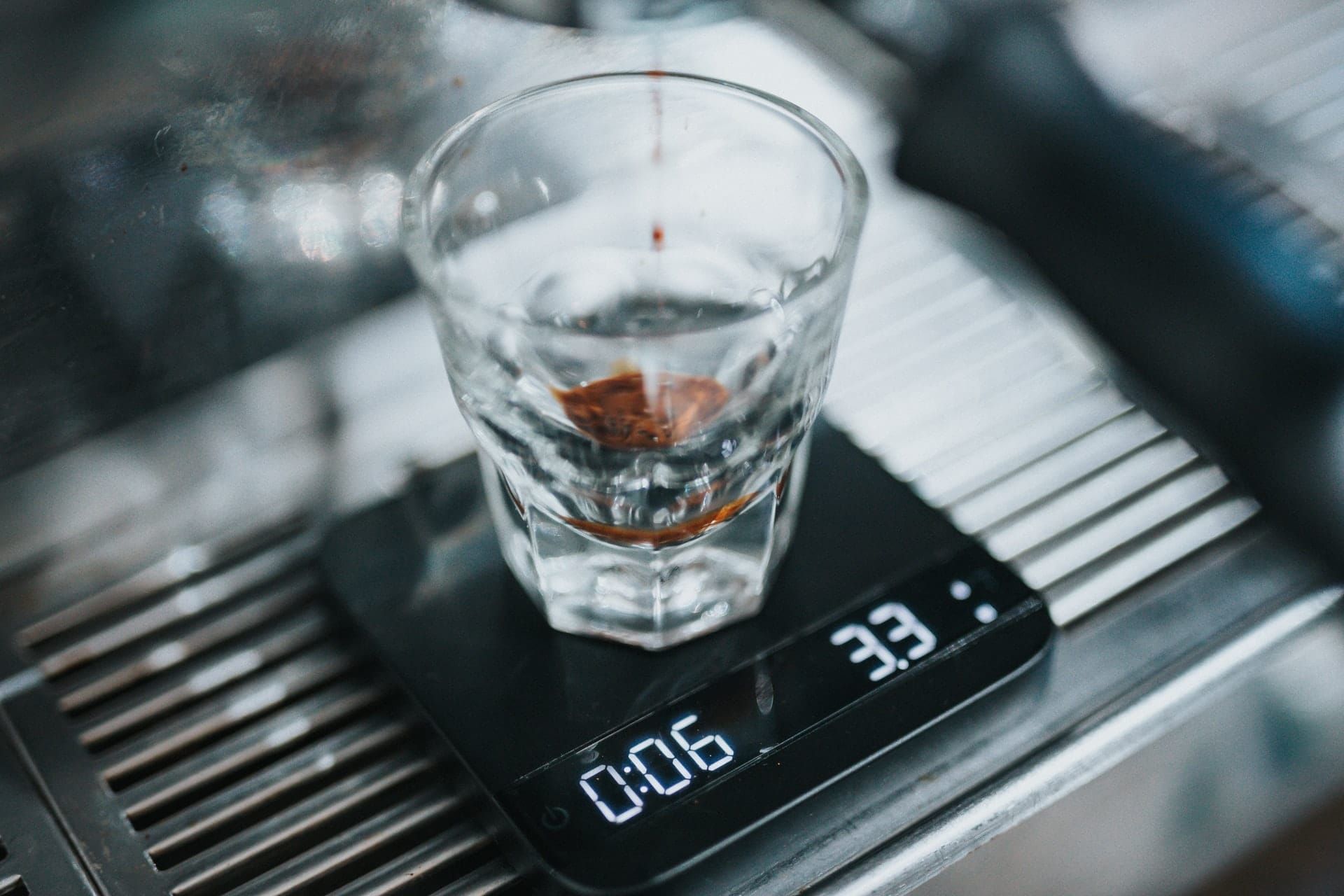

Kitchen Appliances
What Is The Volume Of A Shot Glass
Modified: February 18, 2024
Discover the standard volume of a shot glass and its uses in kitchen appliances. Learn how to measure liquid ingredients accurately. Explore more kitchen tips!
(Many of the links in this article redirect to a specific reviewed product. Your purchase of these products through affiliate links helps to generate commission for Storables.com, at no extra cost. Learn more)
Introduction
Shot glasses are a ubiquitous and essential part of any bar or kitchen. These small, cylindrical glasses are designed to hold a specific volume of liquid, typically used for serving spirits, liqueurs, or other alcoholic beverages. While shot glasses are commonly associated with social gatherings and celebrations, they also play a practical role in accurately measuring and dispensing precise amounts of liquid for various culinary and mixology purposes.
Understanding the volume of a shot glass is crucial for both professional bartenders and home enthusiasts. It ensures consistent and accurate pouring, which is essential for creating well-balanced cocktails and recipes. Moreover, knowing the standard volume of a shot glass enables individuals to adhere to recommended serving sizes, promoting responsible consumption of alcoholic beverages.
In this comprehensive guide, we will delve into the intricacies of shot glass measurements, exploring the factors that influence their volume, the standard specifications, and practical methods for measuring their capacity. Whether you're a seasoned bartender looking to refine your pouring techniques or a curious individual seeking to expand your knowledge of kitchen essentials, this article will provide valuable insights into the fascinating world of shot glasses. So, let's embark on this enlightening journey to unravel the mysteries behind the volume of a shot glass.
Key Takeaways:
- Shot glasses come in different sizes due to cultural, design, and manufacturing factors, impacting their volume and influencing pouring accuracy in bartending and culinary practices.
- The standard volume of a shot glass varies globally, with the US using 1.5 fluid ounces and the UK using 25 milliliters, affecting cocktail recipes and promoting responsible drinking habits.
Read more: How To Pour A Shot Without A Shot Glass
Understanding the Measurement of Shot Glasses
Shot glasses are designed to hold a specific volume of liquid, typically used for serving spirits, liqueurs, or other alcoholic beverages. The measurement of a shot glass is standardized to ensure consistency in pouring and serving. Understanding the measurement of shot glasses is essential for anyone involved in bartending, mixology, or culinary pursuits.
The volume of a shot glass is traditionally expressed in fluid ounces or milliliters. In the United States, a standard shot is 1.5 fluid ounces, while in the United Kingdom, it is commonly 25 milliliters. However, variations in shot glass sizes exist across different regions and cultures, reflecting diverse drinking traditions and preferences.
Shot glasses come in various shapes and sizes, but they typically share a uniform cylindrical or slightly tapered design. This standardized shape facilitates accurate measurement and pouring, allowing for precise dispensing of liquid without the risk of spillage or overflow.
The measurement of shot glasses is crucial for maintaining consistency in cocktail recipes and ensuring responsible alcohol consumption. Bartenders and mixologists rely on the accurate volume of shot glasses to create well-balanced and flavorful cocktails, as deviations in pouring measurements can significantly impact the taste and potency of the final drink.
Furthermore, the measurement of shot glasses extends beyond the realm of mixology. In culinary applications, shot glasses are utilized for accurately portioning small amounts of ingredients such as vanilla extract, vinegar, or cooking spirits. The precise measurement provided by shot glasses contributes to the success of recipes, particularly in baking and dessert-making where exact quantities are paramount.
Understanding the measurement of shot glasses also involves recognizing the significance of standardizing serving sizes. By adhering to established shot glass volumes, individuals can promote responsible drinking habits and minimize the risk of overconsumption. This is particularly important in social settings and hospitality environments, where the controlled serving of alcoholic beverages is essential for ensuring the well-being of patrons.
In essence, comprehending the measurement of shot glasses encompasses the appreciation of standardized volumes, the role of shot glasses in mixology and culinary practices, and the promotion of responsible alcohol consumption. By grasping the intricacies of shot glass measurements, individuals can elevate their bartending skills, enhance their culinary precision, and contribute to a culture of mindful drinking.
Factors Affecting the Volume of Shot Glasses
The volume of shot glasses is influenced by several factors, each contributing to the variations observed in these ubiquitous drinking vessels. Understanding these factors is essential for appreciating the diversity and nuances of shot glass measurements.
-
Cultural and Regional Variances: Shot glass volumes can vary significantly based on cultural and regional preferences. Different countries and traditions have distinct interpretations of the standard shot size, leading to variations in the volume of shot glasses. For example, the traditional shot size in the United States is 1.5 fluid ounces, while in Europe, particularly in the United Kingdom, a standard shot is commonly 25 milliliters. These cultural disparities reflect historical drinking customs and local preferences, resulting in a diverse range of shot glass volumes worldwide.
-
Design and Shape: The design and shape of a shot glass play a pivotal role in determining its volume. While shot glasses generally exhibit a cylindrical or slightly tapered form, subtle variations in dimensions and curvature can impact their capacity. Factors such as the thickness of the glass walls, the curvature of the base, and the overall height and diameter contribute to the variations in volume among different shot glass designs. Additionally, the presence of decorative elements or embellishments on the glass can affect its internal capacity, further influencing the measured volume.
-
Manufacturing Tolerances: Shot glasses, like any mass-produced items, are subject to manufacturing tolerances that can result in slight variations in volume. Factors such as the precision of the molding process, the quality of materials used, and the consistency of production standards can contribute to minor discrepancies in the measured volume of shot glasses. These manufacturing tolerances, while often minimal, can collectively contribute to the overall diversity in shot glass volumes available in the market.
-
Material Composition: The material composition of shot glasses, whether glass, plastic, or metal, can impact their volume. Glass shot glasses, for instance, may have thicker or thinner walls, affecting the internal space available for liquid. Similarly, plastic or metal shot glasses may exhibit different structural properties that influence their measured volume. Additionally, the density and weight of the material can contribute to variations in shot glass volumes, particularly in designs where the material thickness directly influences the internal capacity.
-
Pouring Style and Technique: The manner in which liquid is poured into a shot glass can also influence its effective volume. Factors such as the angle of pouring, the rate of flow, and the presence of air pockets or bubbles can impact the actual amount of liquid that a shot glass accommodates. Bartenders and mixologists often develop specific pouring techniques to minimize variations in shot glass volumes, ensuring consistent and accurate measurements for cocktail preparation.
By considering these factors, individuals can gain a deeper appreciation for the intricacies of shot glass volumes, recognizing the interplay of cultural, design, manufacturing, and practical elements that contribute to the diverse range of these iconic drinking vessels.
The volume of a standard shot glass is typically 1.5 ounces or 44 milliliters. When measuring liquid, it’s important to use a measuring cup or scale for accuracy.
Standard Volume of a Shot Glass
The standard volume of a shot glass serves as a fundamental reference point for bartenders, mixologists, and enthusiasts alike. It represents the established measurement that defines the typical capacity of a shot glass, guiding the pouring and serving practices in the realm of beverages and culinary applications.
In the United States, the standard volume of a shot glass is conventionally recognized as 1.5 fluid ounces. This measurement, equivalent to approximately 44 milliliters, forms the basis for the traditional American shot size. The 1.5-ounce shot glass has become synonymous with the iconic "shot" serving, commonly used for dispensing spirits, liqueurs, and other alcoholic beverages. This standardized volume not only facilitates consistent pouring in bars and social settings but also serves as a crucial element in cocktail recipes, ensuring the balanced and harmonious blending of ingredients.
Conversely, in the United Kingdom and various European countries, the standard volume of a shot glass is typically 25 milliliters, reflecting a smaller serving size compared to the American standard. This variance in shot glass volumes across different regions underscores the influence of cultural and historical drinking traditions, shaping the perception of an ideal shot size within distinct societal contexts.
While the 1.5-ounce and 25-milliliter measurements represent prevalent standards, it is important to acknowledge that variations in shot glass volumes exist globally. Some regions may adhere to different customary shot sizes, leading to diverse interpretations of the standard shot glass volume. These variations, rooted in cultural, regulatory, and consumer preferences, contribute to the rich tapestry of shot glass traditions worldwide.
Furthermore, the standard volume of a shot glass extends beyond its role in alcoholic beverage service. In culinary settings, the 1.5-ounce and 25-milliliter measurements are embraced as practical references for accurately portioning small quantities of cooking spirits, flavor extracts, and other liquid ingredients. The standardized shot glass volume enhances precision in recipe preparation, particularly in baking and mixology, where meticulous measurements are integral to achieving desired flavors and textures.
By recognizing the standard volume of a shot glass as a cornerstone of beverage service and culinary precision, individuals can appreciate its significance in promoting consistent pouring practices, facilitating the creation of well-balanced cocktails, and contributing to the artistry of mixology and gastronomy. Embracing the standard shot glass volume as a universal reference fosters a culture of measured and mindful consumption, aligning with the principles of responsible bartending and culinary craftsmanship.
Measuring the Volume of a Shot Glass
Accurately measuring the volume of a shot glass is essential for maintaining precision in bartending, mixology, and culinary applications. Whether you're a professional bartender striving for consistency in cocktail preparation or a home enthusiast seeking to refine your pouring techniques, understanding how to measure the volume of a shot glass is paramount.
One practical method for measuring the volume of a shot glass involves using a graduated liquid measuring cup. Begin by selecting a transparent measuring cup with clearly marked volume indicators, such as fluid ounces or milliliters. Place the shot glass upright on a level surface and carefully pour water into the shot glass, ensuring that it reaches the brim without overflowing. Next, pour the water from the shot glass into the measuring cup, taking note of the corresponding volume indicated on the measuring cup's scale. This measured volume represents the capacity of the shot glass and serves as a reference for accurate pouring and recipe preparation.
Another approach to measuring the volume of a shot glass involves utilizing a calibrated shot glass measure. These specialized measuring tools are designed with precise volume markings, typically denoted in fluid ounces or milliliters, allowing for direct measurement of the shot glass capacity. To use a calibrated shot glass measure, simply fill the glass to the brim with water and observe the indicated volume, providing a straightforward and reliable measurement of the shot glass capacity.
For those seeking a more visual and interactive method of measuring shot glass volume, employing a kitchen scale can offer valuable insights. By placing an empty shot glass on the scale and recording its weight, followed by filling the glass with water and noting the increased weight, individuals can calculate the volume of the shot glass using the density of water (1 gram per milliliter). This approach provides a hands-on way to quantify the shot glass volume and can be particularly useful for individuals with a penchant for precise measurements.
In addition to these practical methods, individuals can also refer to manufacturers' specifications and product information to ascertain the standard volume of a shot glass. Many shot glass manufacturers provide detailed measurements and capacity information for their products, offering a reliable reference for understanding the volume of specific shot glass designs.
By mastering the art of measuring shot glass volume, individuals can elevate their bartending skills, enhance their mixology precision, and contribute to the creation of well-balanced cocktails and culinary delights. Embracing the nuances of shot glass measurement empowers individuals to pour with confidence, adhere to recommended serving sizes, and appreciate the meticulous craftsmanship inherent in the world of beverages and gastronomy.
Read more: How Large Is A Shot Glass
Conclusion
In conclusion, the volume of a shot glass transcends its physical capacity, embodying a rich tapestry of cultural traditions, mixological artistry, and culinary precision. Throughout this enlightening exploration, we have delved into the intricacies of shot glass measurements, unraveling the factors that influence their volume, understanding the standard specifications, and mastering practical methods for measuring their capacity.
By comprehending the multifaceted nature of shot glass volumes, individuals can gain a profound appreciation for these iconic vessels and their pivotal role in the realms of bartending, mixology, and culinary craftsmanship. The standard volume of a shot glass, whether the traditional 1.5 fluid ounces in the United States or the 25 milliliters prevalent in the United Kingdom and Europe, serves as a universal reference point, guiding the precise pouring of spirits, liqueurs, and culinary ingredients.
The diverse factors affecting shot glass volumes, including cultural variances, design nuances, manufacturing tolerances, material compositions, and pouring techniques, underscore the dynamic interplay of elements that shape the capacity of these small yet significant vessels. Embracing these factors fosters a deeper understanding of the art and science behind shot glass measurements, enriching the experiences of bartenders, mixologists, and culinary enthusiasts alike.
Furthermore, the meticulous art of measuring shot glass volume, whether through graduated liquid measuring cups, calibrated shot glass measures, kitchen scales, or manufacturer specifications, empowers individuals to pour with precision, adhere to recommended serving sizes, and elevate the craft of cocktail creation and culinary endeavors.
Ultimately, the volume of a shot glass embodies a harmonious blend of tradition, precision, and creativity, encapsulating the essence of measured indulgence and mindful consumption. By embracing the nuances of shot glass measurements, individuals contribute to a culture of responsible drinking, culinary excellence, and the artful pursuit of crafting libations that delight the senses and elevate social experiences.
As we raise our glasses, whether in a spirited toast or a culinary creation, let us celebrate the profound significance of shot glass volumes, recognizing them as vessels of tradition, precision, and the artistry of measured indulgence. Cheers to the captivating world of shot glasses, where every pour tells a story and every measurement reflects a commitment to excellence.
Frequently Asked Questions about What Is The Volume Of A Shot Glass
Was this page helpful?
At Storables.com, we guarantee accurate and reliable information. Our content, validated by Expert Board Contributors, is crafted following stringent Editorial Policies. We're committed to providing you with well-researched, expert-backed insights for all your informational needs.
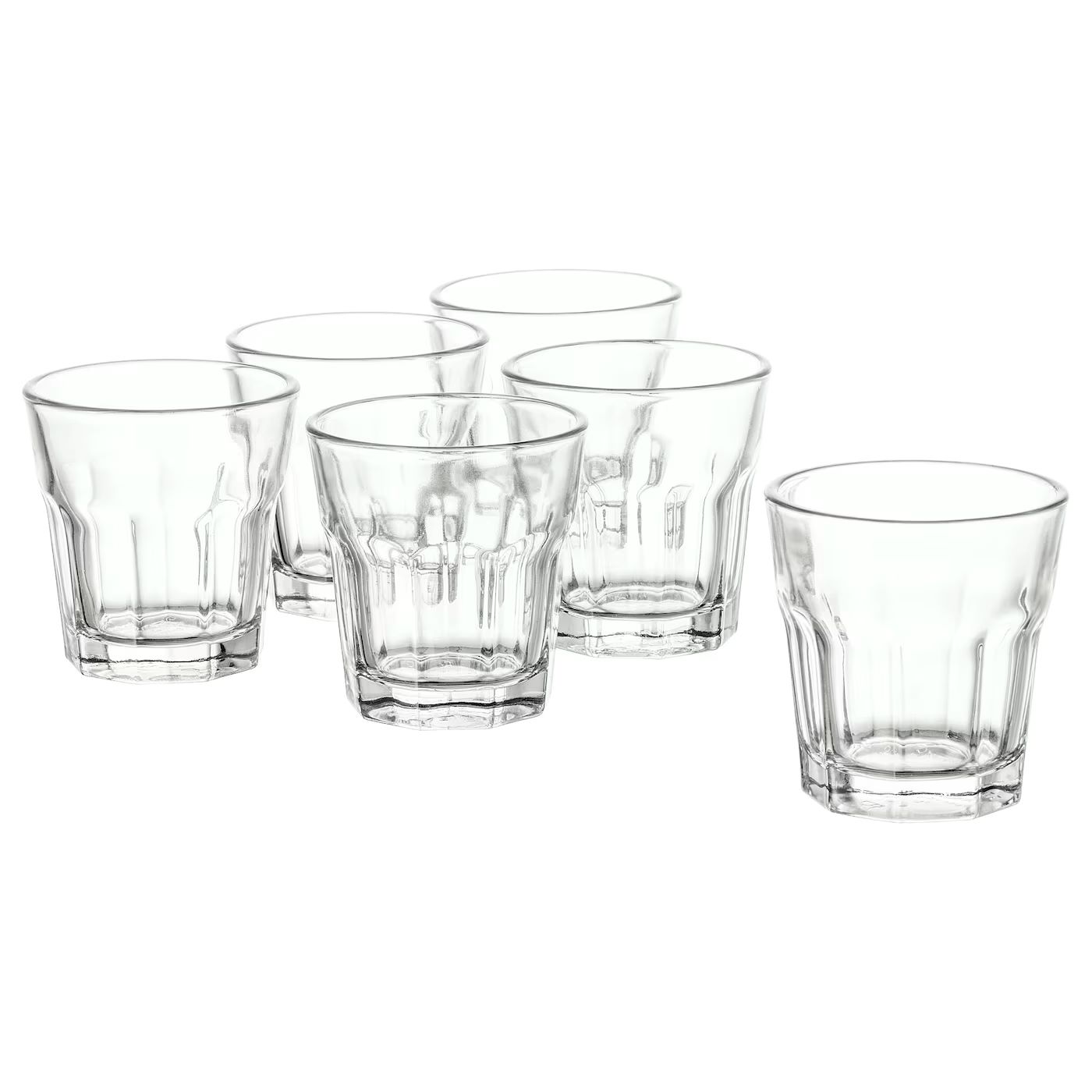
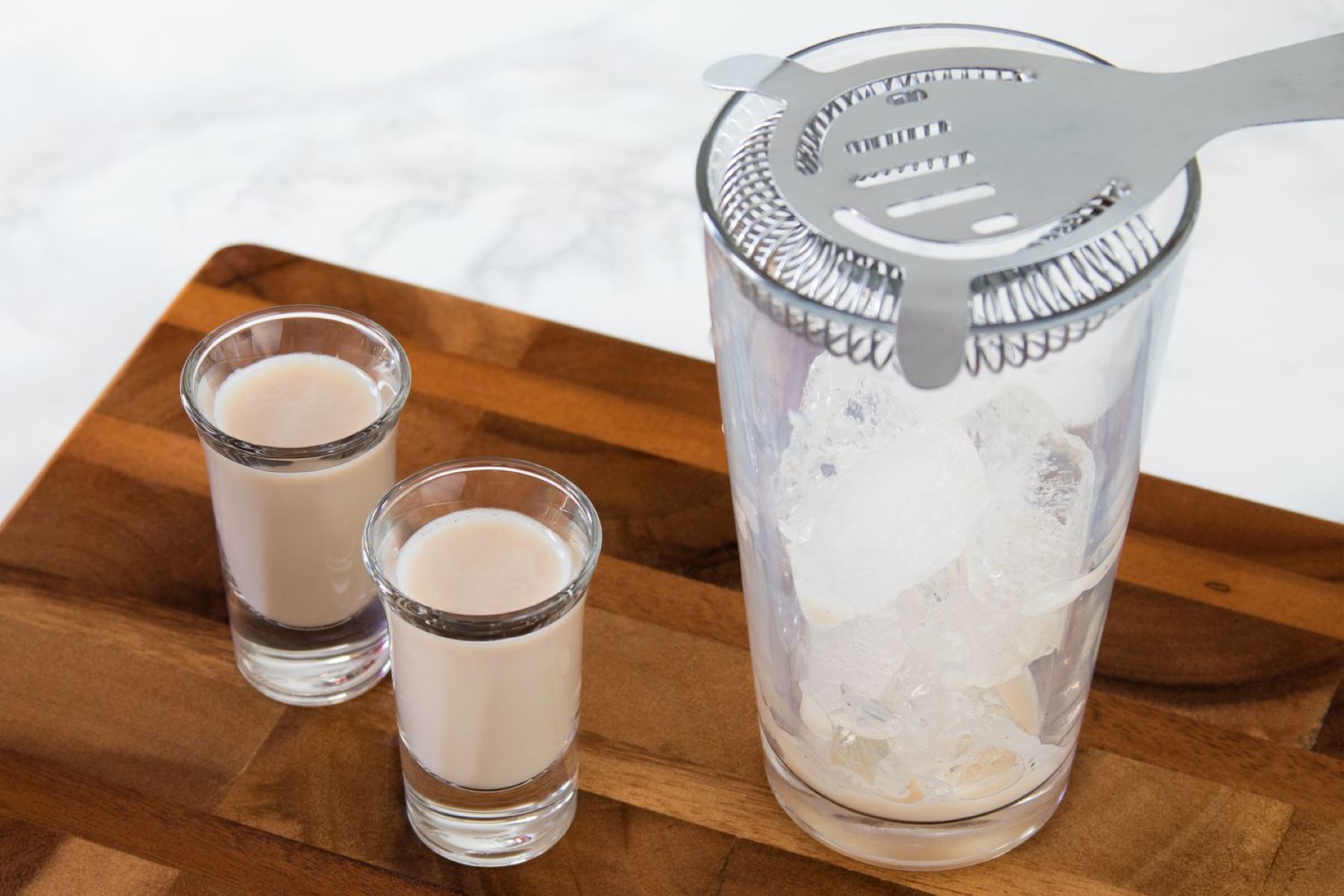
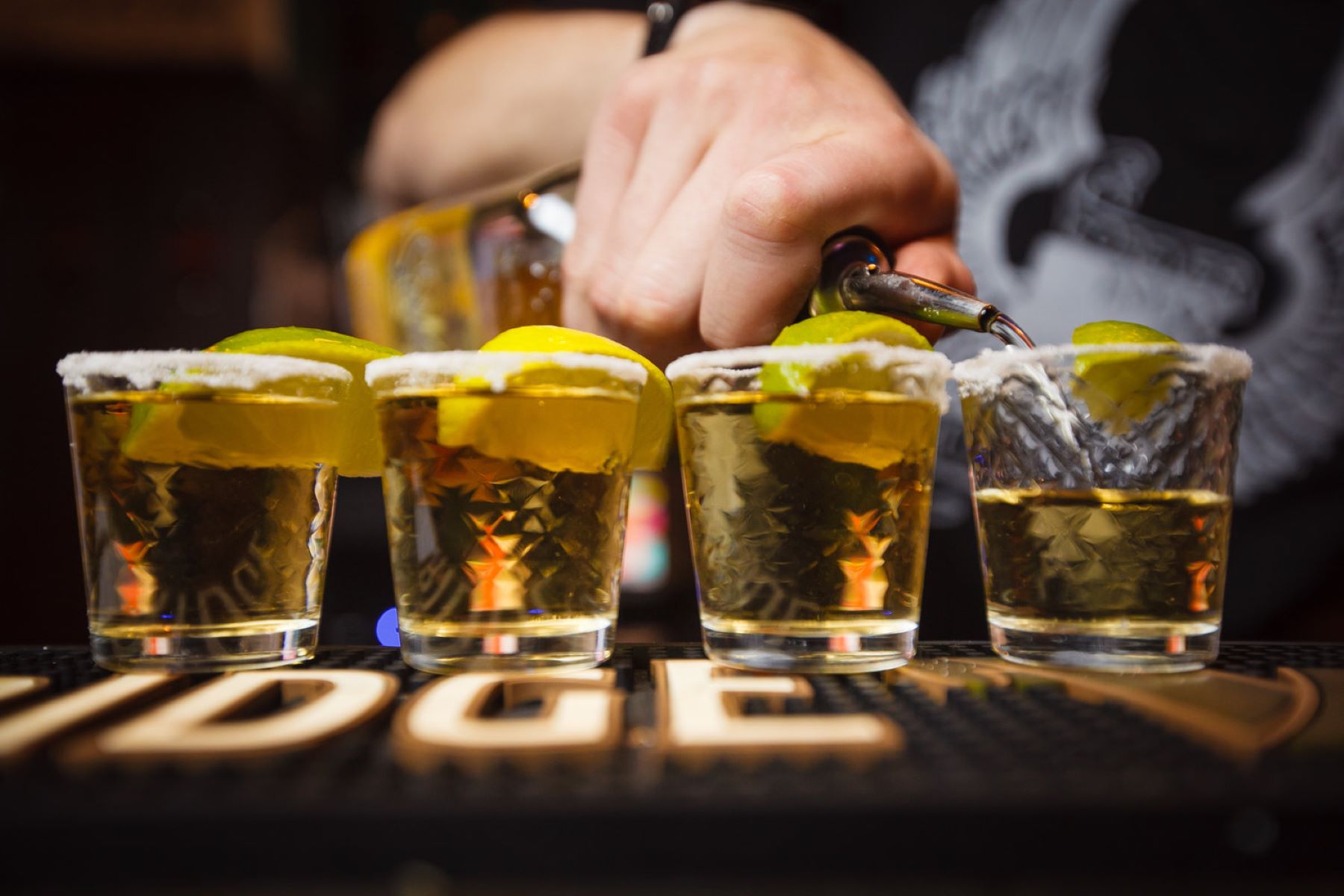
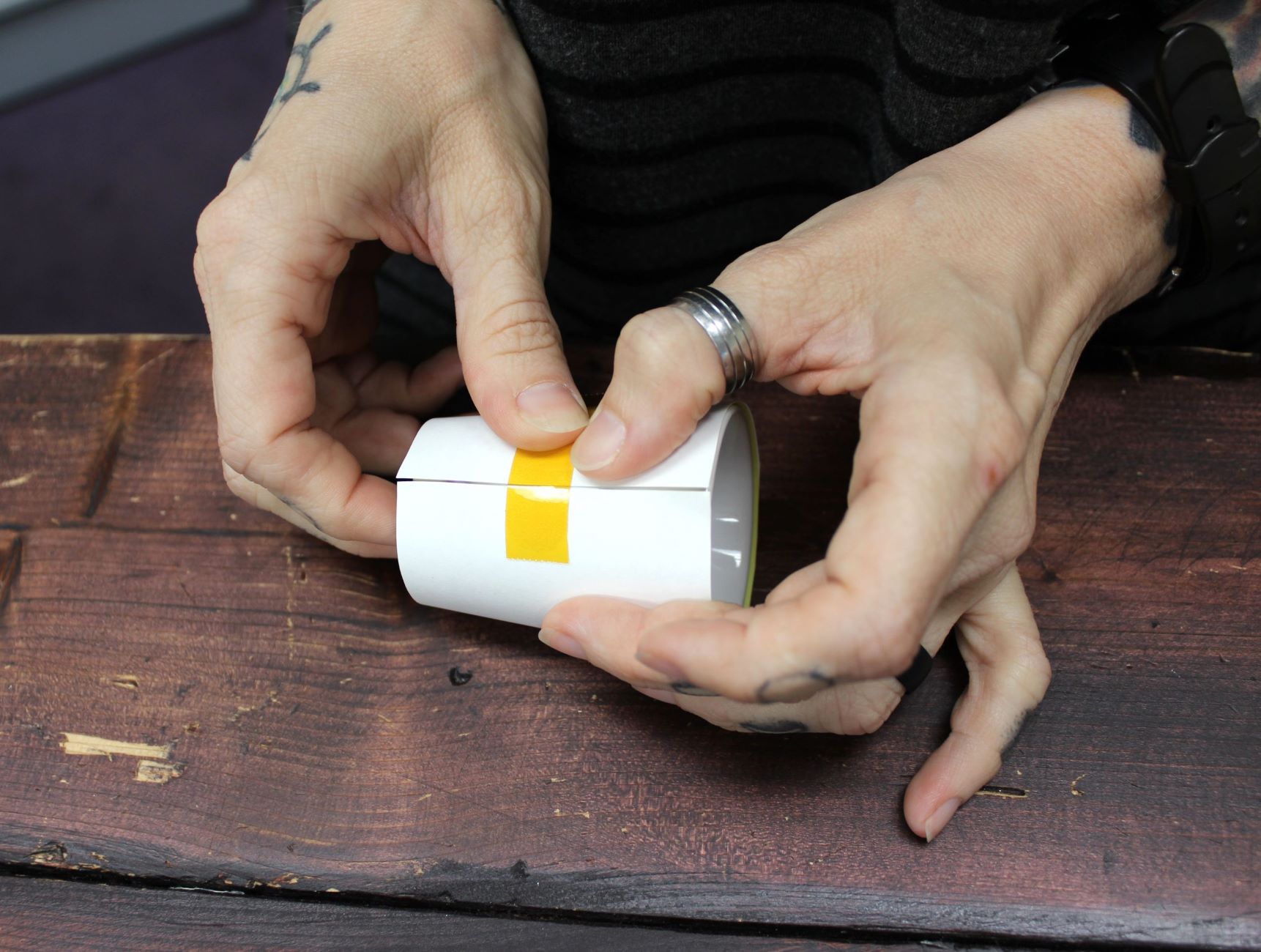
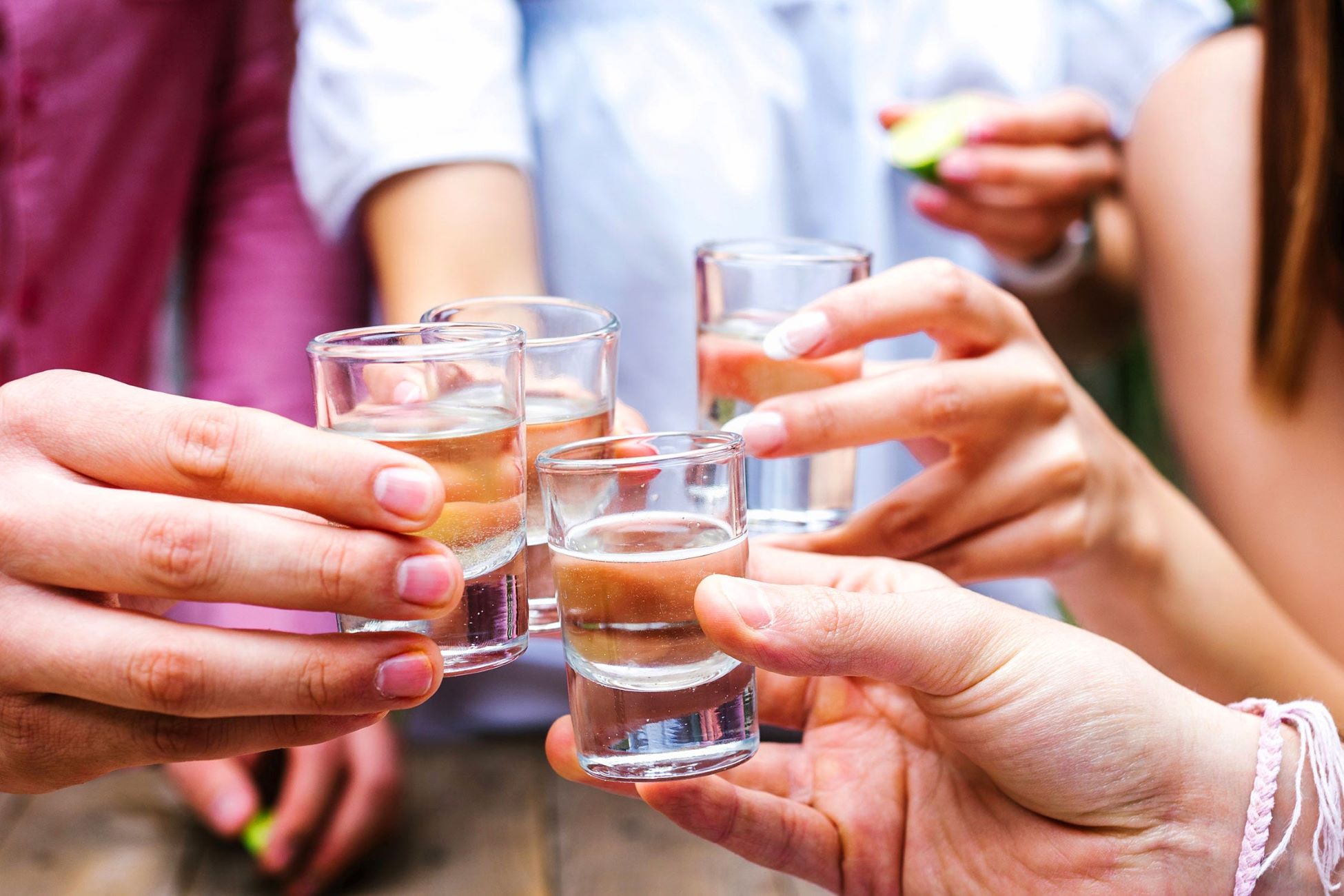
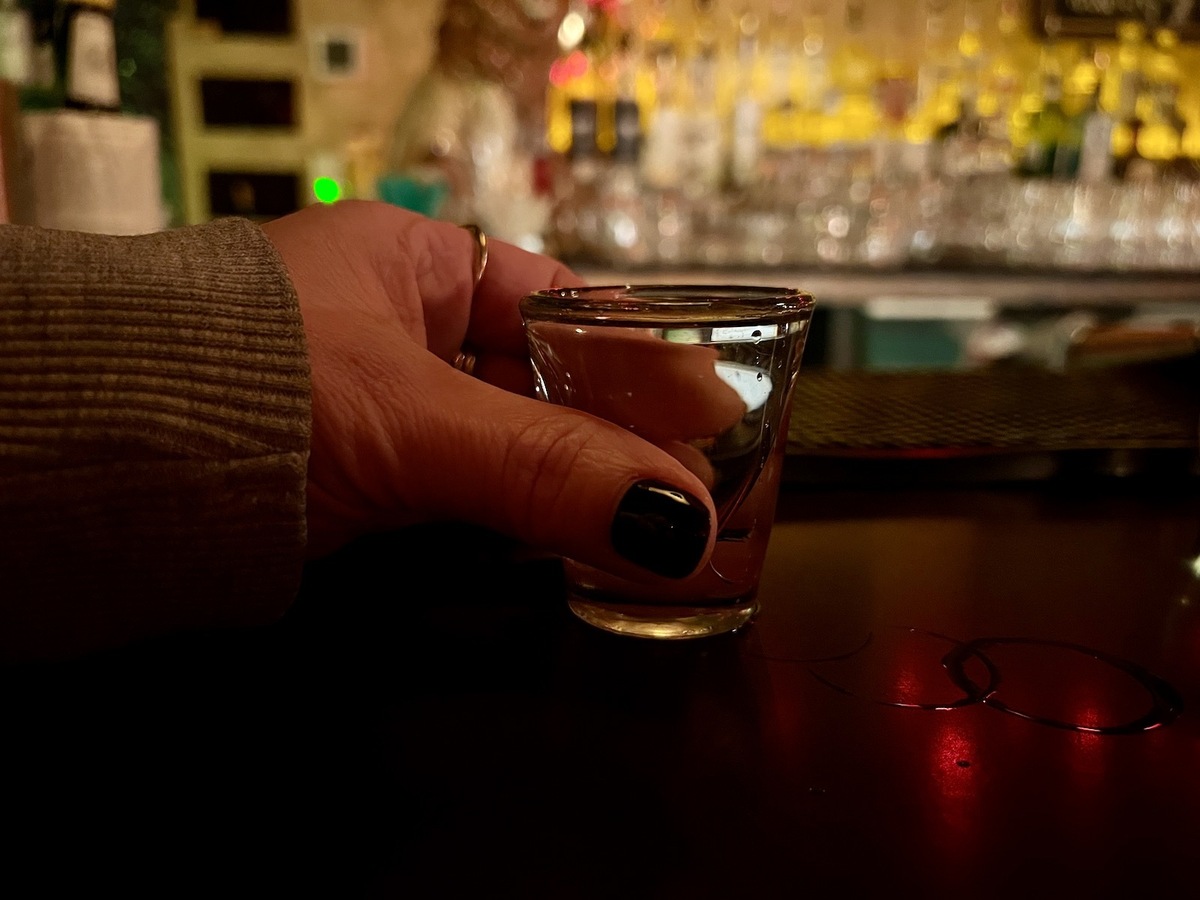
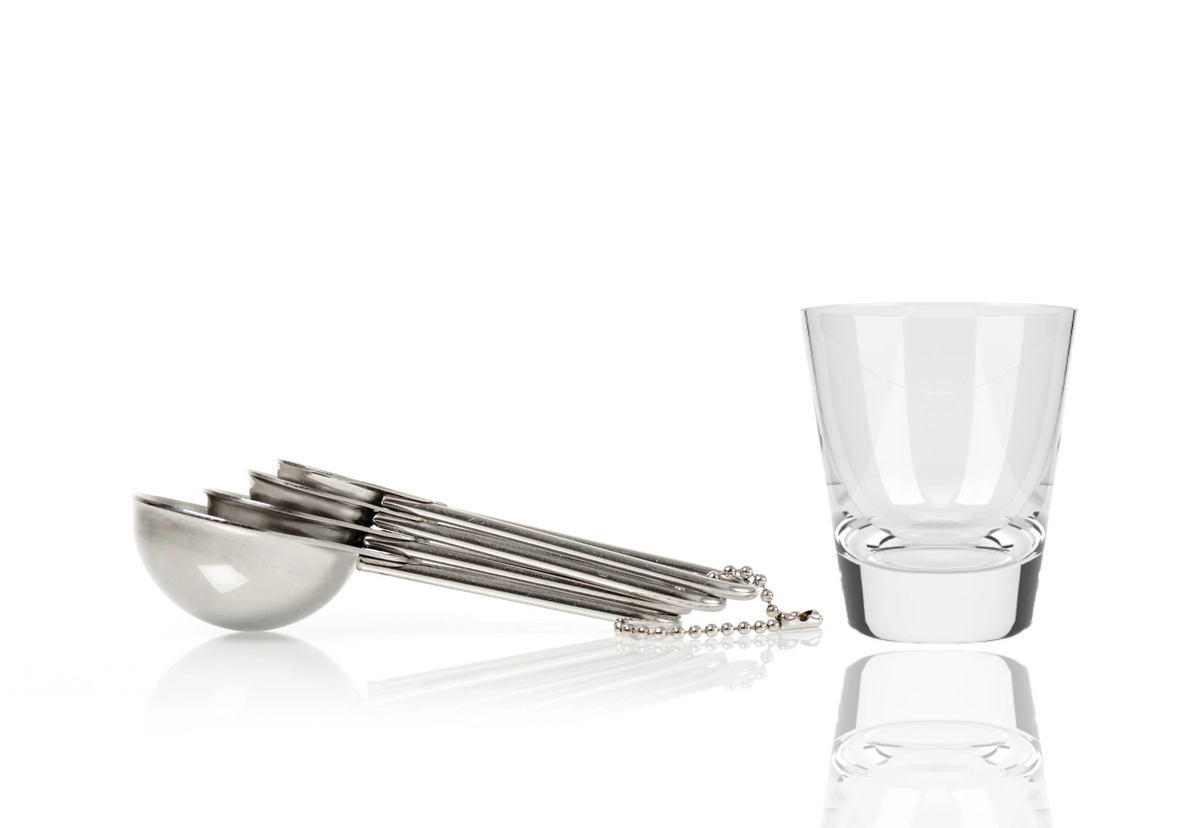
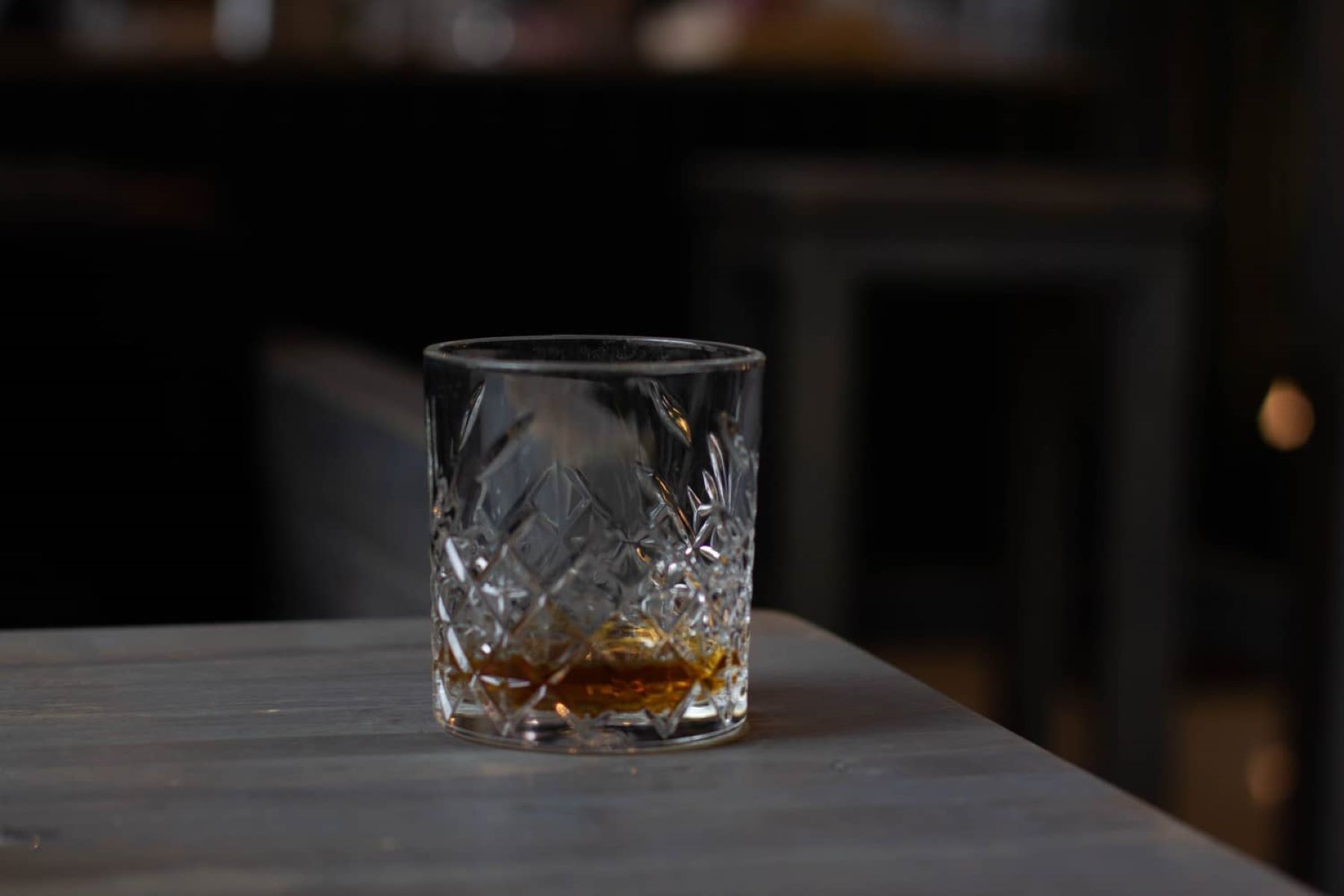
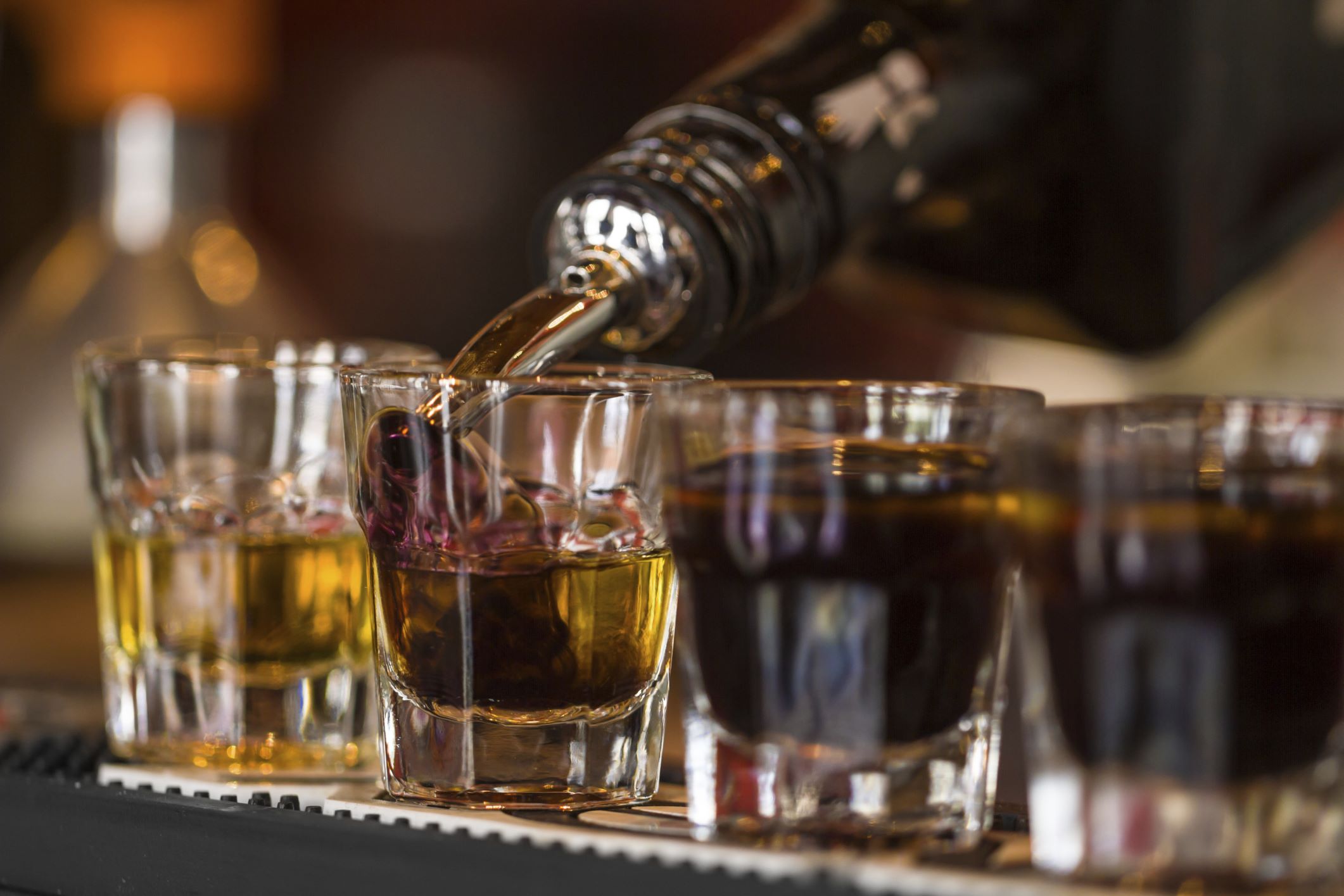
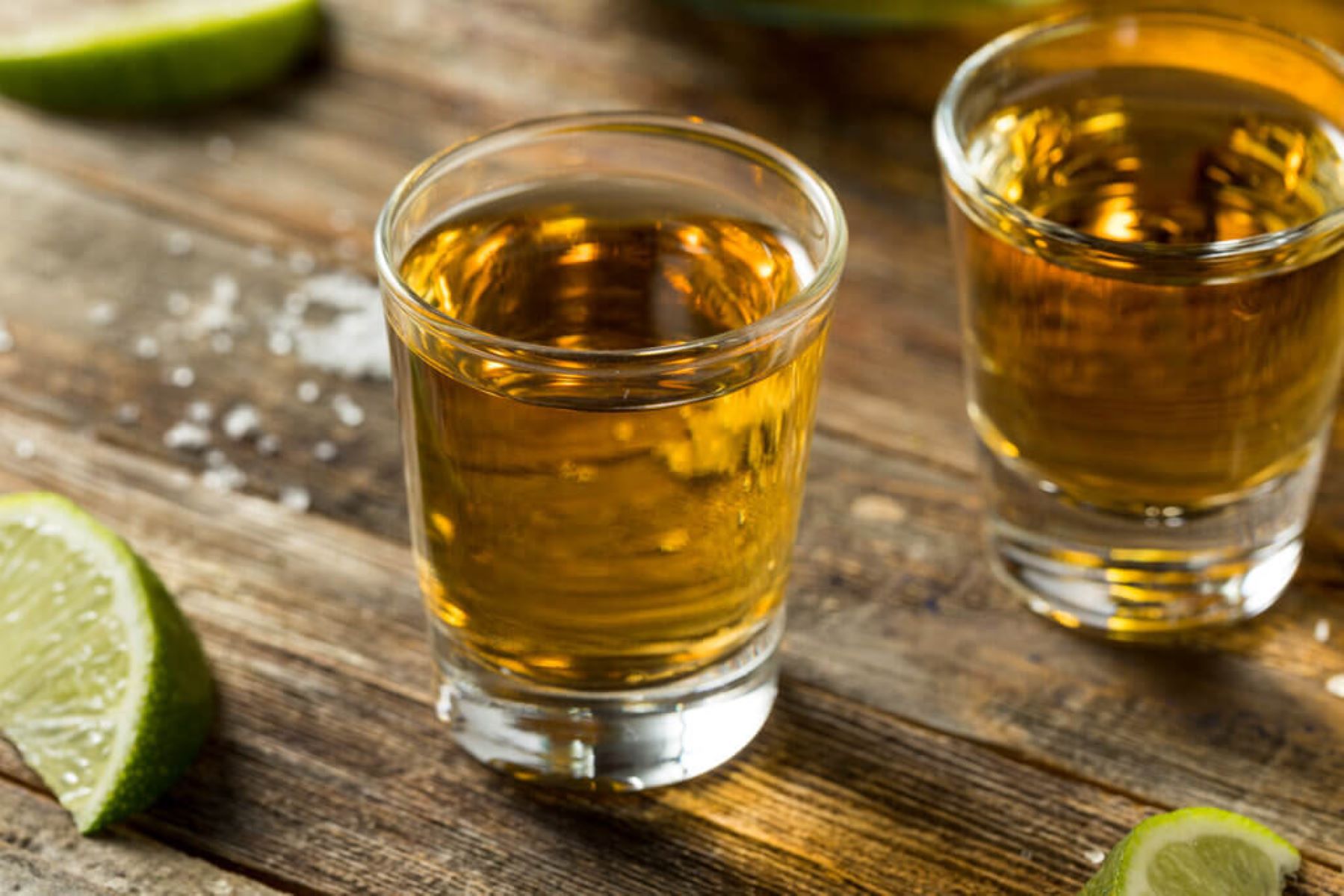
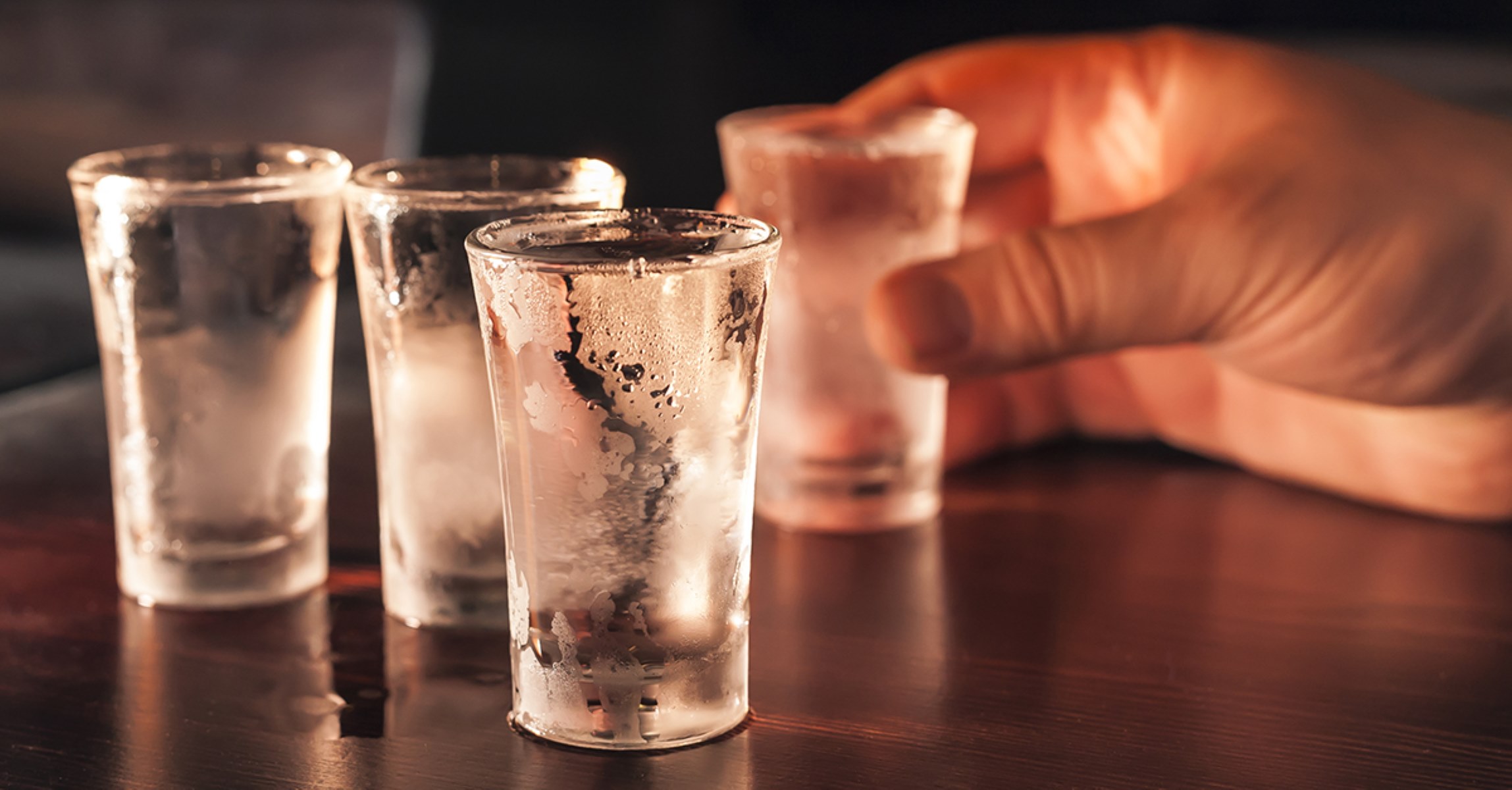
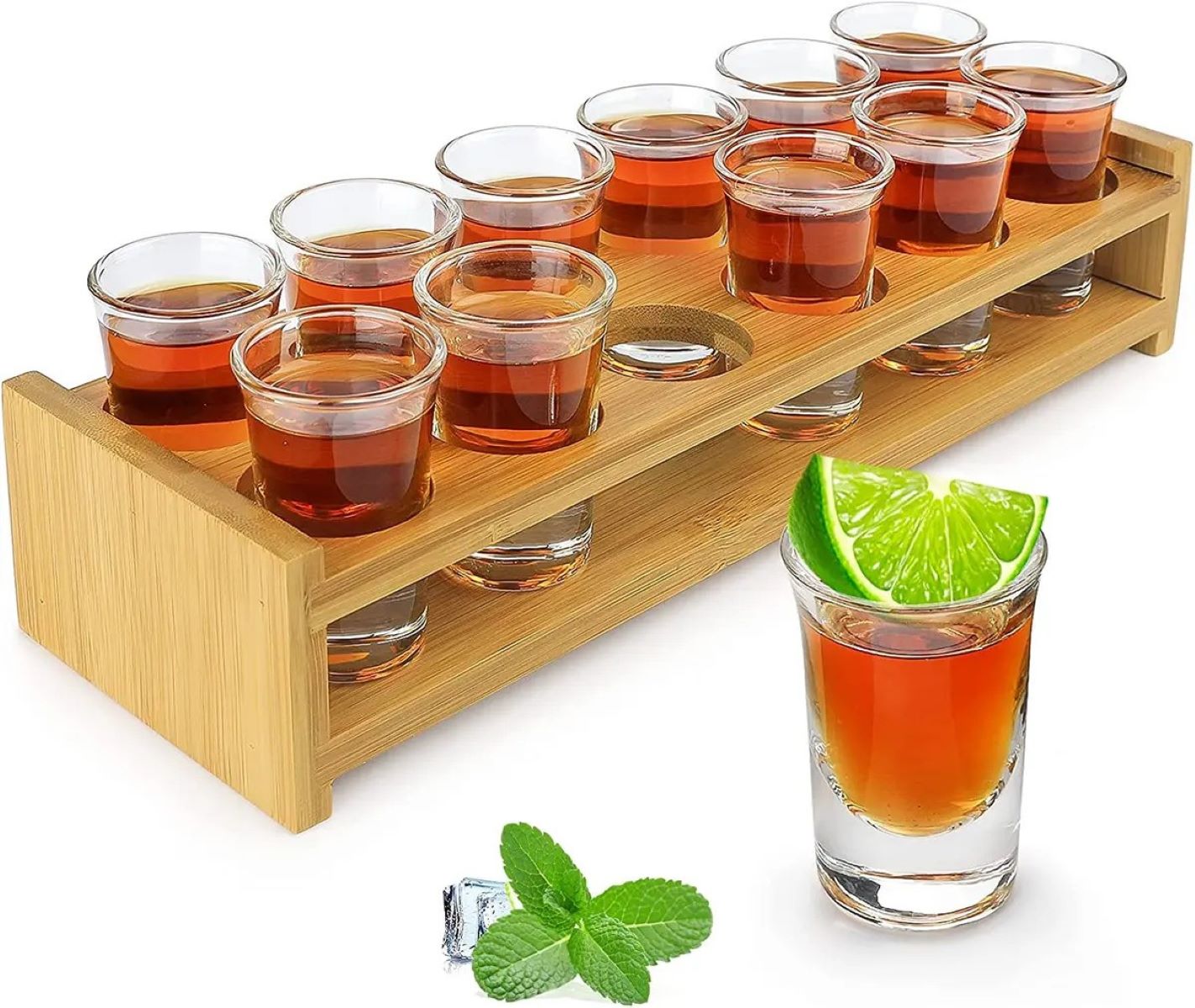
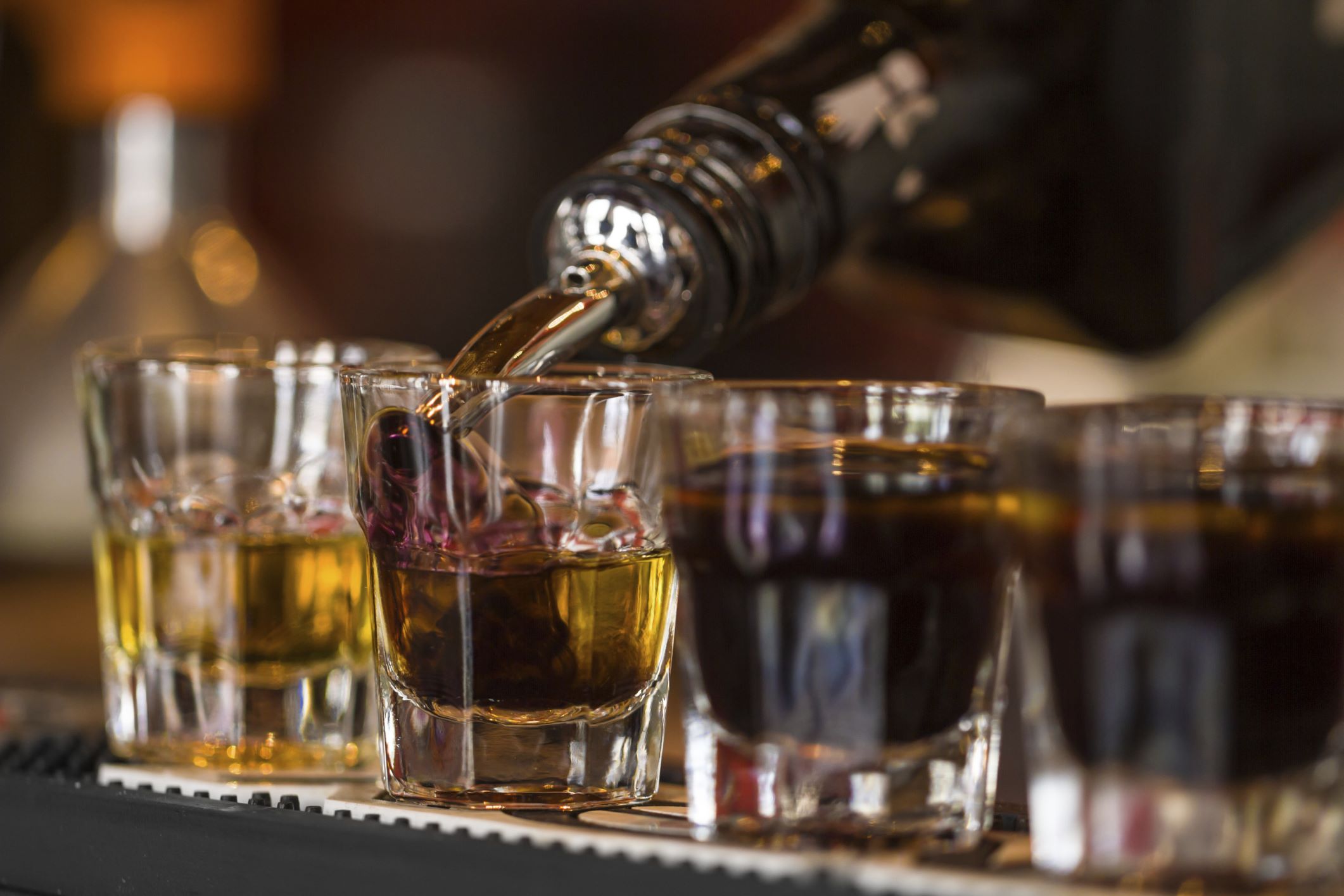
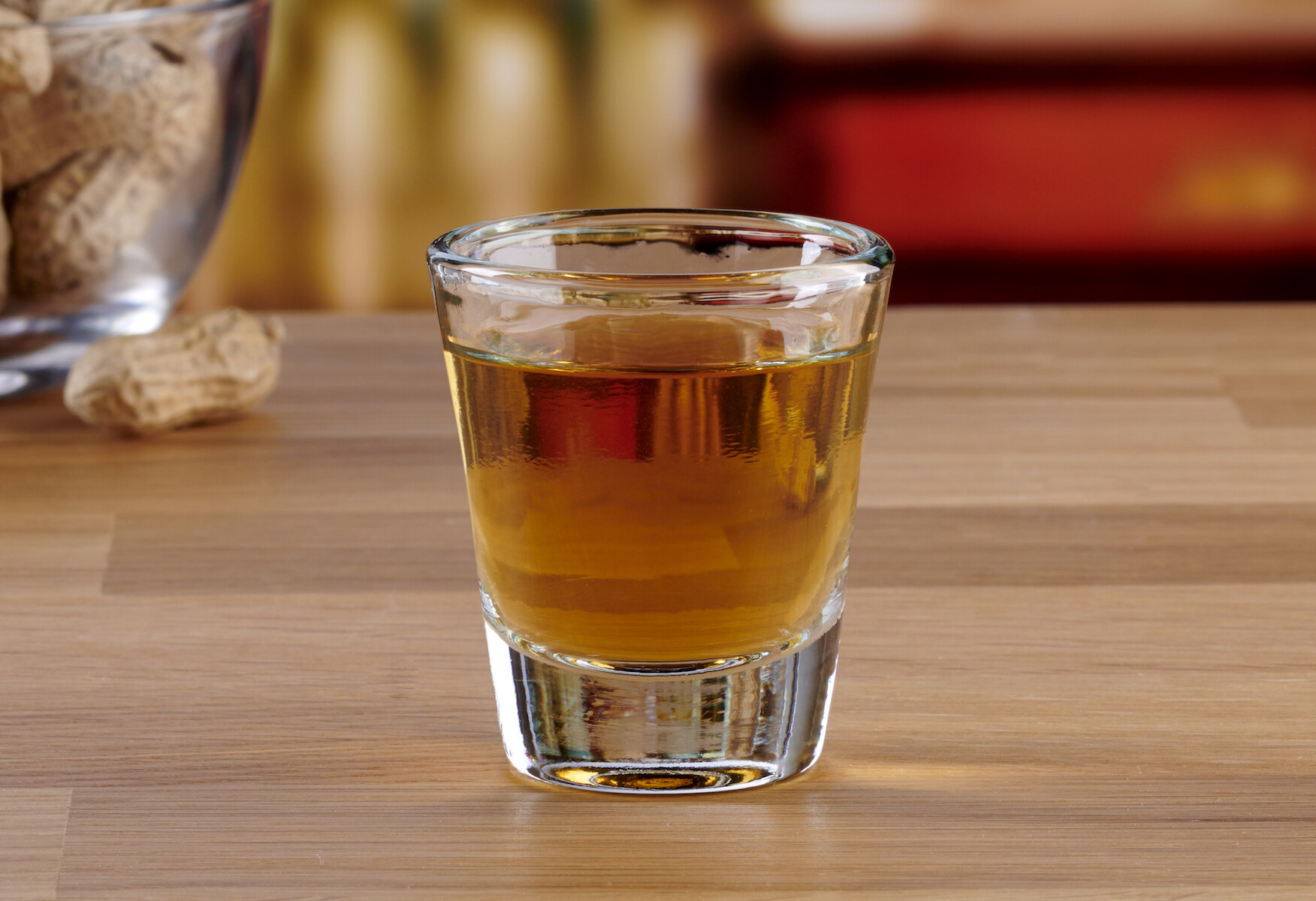

0 thoughts on “What Is The Volume Of A Shot Glass”